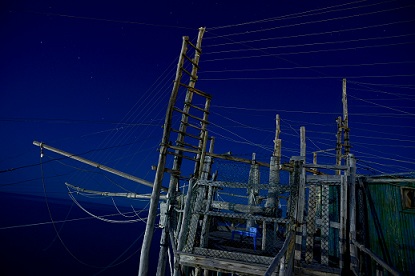How fish DNA tests can trace illegal catches

Related topics
Aquatic Resources Marine and maritime and inland water research Belgium Denmark France Germany Greece Italy Spain United Kingdom Food security, sustainable agriculture and forestry, maritime and martime inland water research and bio-economy Norway Russian Federationdate: 07/02/2014
Project: Fish population structure and traceabili...
acronym: FISHPOPTRACE
See also: CORDIS
Contact: http://www.bangor.ac.uk
The project, FishPopTrace, offers a cost effective and reliable DNA test that could give the authorities the means to identify illegally caught fish. Started in 2008, the project built a forensics database for Europe’s four important exploited species: cod, hake, sole and herring.
Using DNA markers, the researchers were able to differentiate fish populations of the same species from where they were caught. That means telling, for instance, the difference between cod captured legally in the Eastern Baltic and cod caught illegally in the North Sea.
Around a quarter of all global fish catches are caught illegally, and such activities are estimated to cost Europe €10 billion by 2020. “Illegal fishing remains an issue not just from catches in our own waters, but our imports too,” says FishPopTrace project coordinator, Gary Carvalho from Bangor University in the United Kingdom. “These innovative tools offer a new way forward for fisheries management and fighting illegal fishing worldwide,” adds Carvalho.
FishPopTrace, which gathered researchers from 15 European countries, including the European Commission’s Joint Research Centre, spent three years evaluating the test's ability to verify the origins of fish. The project team used hundreds of tiny genetic variants called single-nucleotide polymorphisms (SNPs) which contain a suite of markers. These SNPs will be abundant in populations of a given area, thereby building up a series of distinct population signatures. By compiling databases, the researchers ended up with a set of collective signatures able to trace the origin of the products tested.
“For the first time we could develop sufficiently powerful DNA marker tools to trace fish to a particular geographic area,” says Carvalho.
Crucially, this type of genetically-based tool can be used throughout the food supply chain, so testers will be able to identify mashed, frozen, cooked or processed fish. And because it is based on genetic information, it might be accurate enough to stand up in a court of law, offering a legal framework to enforce fisheries conservation retroactively without having to rely on detection at sea.
Carvalho says the aim of the tool is not just to punish cheats but to offer greater assurance of the population of origin and conservation status of the catch. It could also validate various eco-certification and eco-labelling systems currently in use. “And consumers will be able to buy fish, confident that they are getting the product described on the label or the menu and that their purchases are from sustainable fish stocks,” he says.
The technique is also timely. Since 2011, species and origin labels are already mandatory on all fish products sold in the EU, and the new regulations have required member states to undertake pilot studies of fish population traceability tools in terms of both location and species identity by the end of 2013.
Carvalho says FishPopTrace’s use of population markers in a strict forensic framework can bolster the EU’s efforts to improve fisheries management by delivering robust traceability of catches. “Using these genetic markers, we can show exactly where the fish has been caught, and bring a new level of enforcement and confidence into Europe’s fisheries sector,” he concludes.
